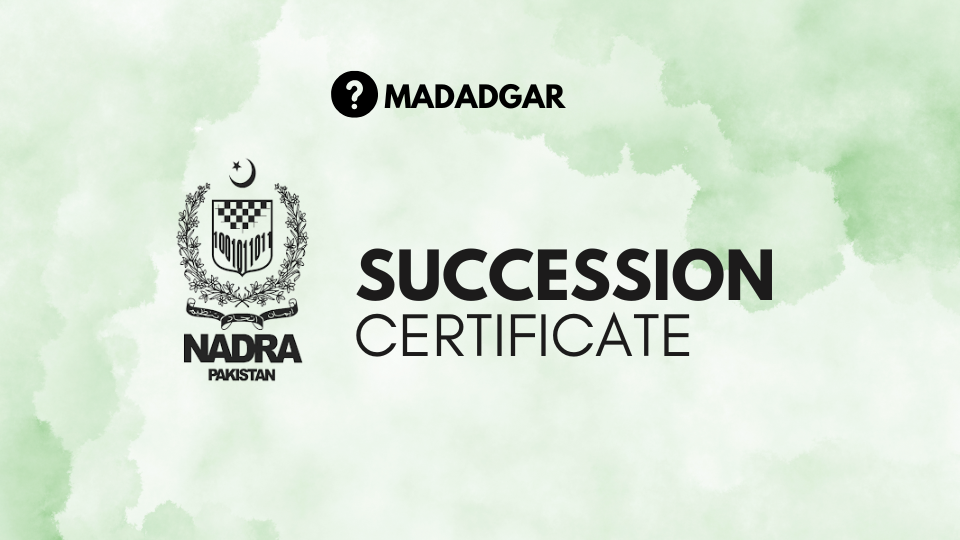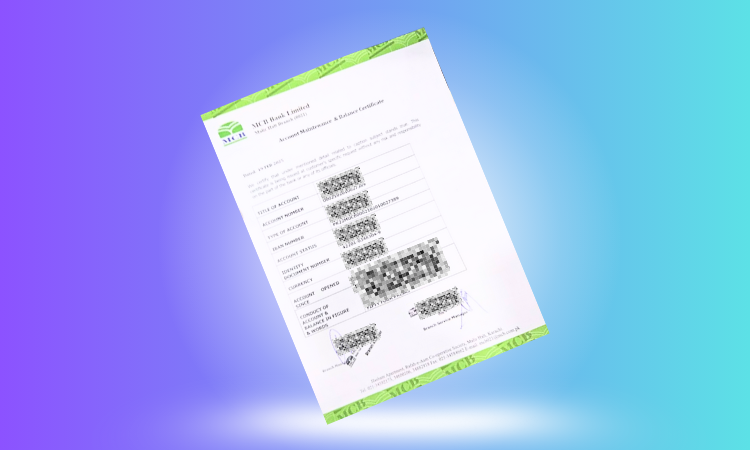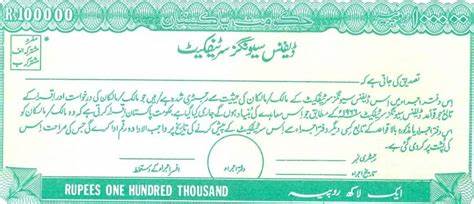
How to get succession certificate from Nadra: An Easy Guide 2025
How to Get Succession Certificate from NADRA
Losing a loved one is never easy, and dealing with legal matters afterward can feel overwhelming. One of the most important steps in settling the affairs of a deceased family member is obtaining a Succession Certificate. This document is crucial for transferring assets like bank accounts, property, and other valuables to the legal heirs. In Pakistan, the National Database and Registration Authority (NADRA) handles the issuance of Succession Certificates. In this blog, I’ll walk you through the entire process, including the required documents, steps, and tips to make it as smooth as possible.
What is a Succession Certificate?
A Succession Certificate is a legal document issued by NADRA that allows the legal heirs of a deceased person to claim and transfer their assets. This includes both movable assets (like bank accounts, stocks, or vehicles) and immovable assets (like property or land). Without this certificate, transferring or accessing these assets can be nearly impossible.
Who Can Apply for a Succession Certificate?
The applicant must be a legal heir of the deceased. This typically includes:
– Spouse
– Children
– Parents
– Siblings (in some cases)
If the deceased’s parents are no longer alive, their death and CNIC cancellation must also be confirmed.
Required Documents for a Succession Certificate
Before you start the process, make sure you have all the necessary documents ready. Here’s a detailed list:
1. Applicant’s CNIC: The original CNIC of the person applying for the certificate.
2. Legal Heirs’ CNIC Copies: Copies of the CNICs of all legal heirs.
3. Letter of Authorization: Applicant must bring a signed authorization letter on 200 stamp paper or E-stamp.
4. Family Registration Certificate (FRC): This document proves the relationship between the deceased and the legal heirs.
5. Death Certificates: The death certificates of all deceased family members must be submitted. If the deceased’s parents were CNIC holders, their death and CNIC cancellation certificates are also required.
6. Biometric Verification: All legal heirs must complete biometric verification at a NADRA office. If any legal heir is abroad, they can appoint a legal counsel to represent them.
7. Asset Documents:
-Movable Assets: Bank statements, balance certificates, or maintenance certificates for bank accounts.
– Immovable Assets: Original property documents, search certificates from the city court and registrar office (for lease properties), and a No Objection Certificate (NOC) from the concerned builder or society for property transfers.
8. Original Documents: All documents must be original. NADRA will scan them and return them to you.
9. Valid NICs: Ensure all legal heirs’ CNICs are valid and not expired.
10. Document Copies: Bring one set of copies for submission along with the originals.
Step-by-Step Process to Get a Succession Certificate from NADRA
Step 1: Gather All Required Documents
Before visiting NADRA, make sure you have all the documents listed above. Double-check that everything is complete and up-to-date. Missing even one document can delay the process.
Step 2: Visit the Nearest NADRA Office
Head to your nearest NADRA office with all the documents. It’s a good idea to arrive early to avoid long queues.
Step 3: Submit the Application
At the NADRA office, submit your application along with the required documents. The staff will verify your documents and guide you through the next steps.
Step 4: Biometric Verification
All legal heirs must complete biometric verification at the NADRA office. This step is mandatory, and if any legal heir is abroad, they can appoint a legal counsel to represent them. Note: If biometrics are not completed within 20 days, the application will be rejected.
Step 5: Wait for Processing
Once all steps are completed, NADRA will process your application. This usually takes 20 Days, depending on the complexity of the case.
Step 7: Collect the Succession Certificate
Once your application is approved, you’ll be notified to collect the Succession Certificate from the NADRA office. Make sure to bring your original CNIC for verification.
Important Tips to Keep in Mind
1. Physical Presence: The applicant must be physically present at the NADRA office. If all legal heirs are abroad, they can appoint a legal counsel to represent them.
2. Biometric Deadline: Complete biometric verification within 20 days, or they have to wait until all the legal heir biometric are done the expiry date is one year.
3. Original Documents: Always bring original documents for scanning. Copies are not accepted for verification.
4. Valid CNICs: Ensure all legal heirs’ CNICs are valid and not expired.
5. Legal Counsel: If all legal heirs are out of country they must appoint a legal counsel. For more details on this, check out our blog on [handling cases where biometrics are not found]
Common Challenges and How to Overcome Them
1. Missing Documents: Double-check the list of required documents before visiting NADRA. Missing even one document can delay the process.
2. Biometric Issues: If any legal heir is unable to complete biometrics, they have an option for Facial Verification.
3. Delays in Processing: Processing times can vary depending on the complexity of the case. Be patient and follow up with NADRA if necessary.
Frequently Asked Questions (FAQs)
Q1: Can I apply for a Succession Certificate online?
No, the application process requires physical presence and biometric verification at a NADRA office.
Q2: What if one of the legal heirs is abroad?
If a legal heir is abroad, they can appoint a legal counsel to represent them. However, biometric verification is still required.
Q3: How long does it take to get a Succession Certificate?
The process usually takes a 20 Days, depending on the complexity of the case and the completion of all required steps.
Q4: What happens if I miss the 20-day biometric deadline?
If biometrics are not completed within 20 days, the application will be pending, and you’ll need to to do bio in 1 year which will be written on the token you get after applying for succession.
Q5: Can I use photocopies of documents?
No, all documents must be original. NADRA will scan them and return them to you.
Final Thoughts:
Obtaining a Succession Certificate from NADRA is a crucial step in settling the affairs of a deceased family member. While the process may seem daunting, being prepared with the right documents and understanding the steps involved can make it much smoother. Remember to complete biometric verification within the 20-day deadline and ensure all documents are original and valid.
If you have any questions or need further assistance, feel free to leave a comment below. And if you’re dealing with a situation where biometrics are not found, check out our detailed guide [here](#).
Good luck, and I hope this guide helps you navigate the process with ease!









